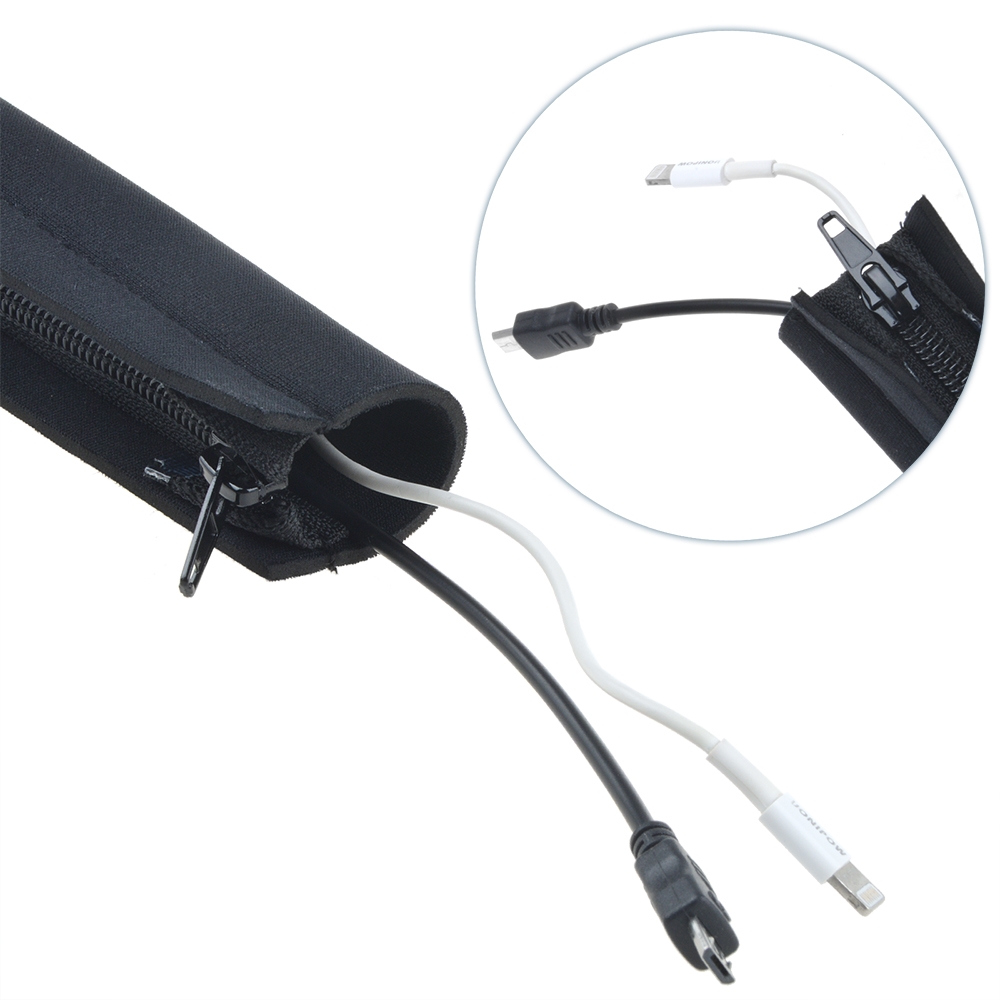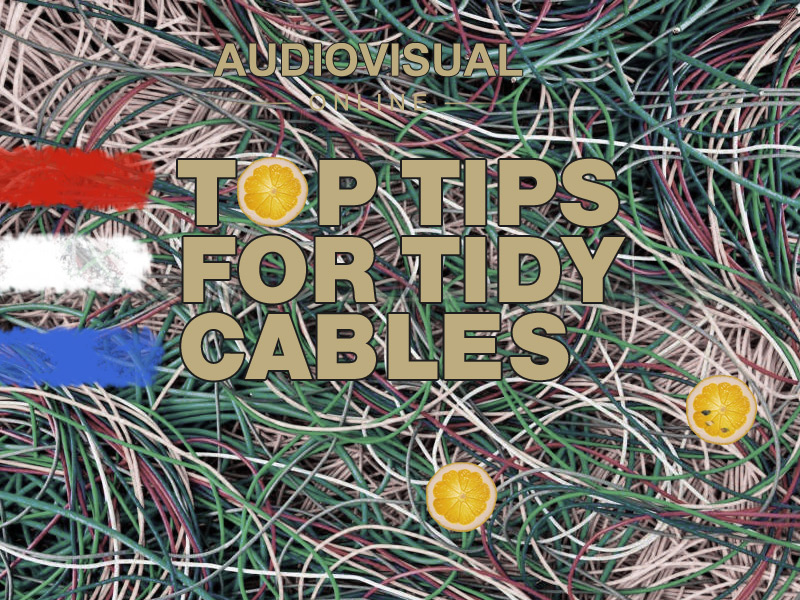Table of Content
Also, if you have three cables a braid holds even better. Don't be afraid to have a little fun when you are designing your home theater. Consider transparent cord covers for the floor on either side of your home theater chairs or couch. Just get some simple christmas or holiday lights, and insert them into these nifty cord covers. The light shines through and the cords and mini lightbulbs are protected from walking feet!
You can buy a bucket of them for $10—so don’t use them sparingly when diving into cable management. If you have a pair of snips handy, then redoing a run of tie wraps is as simple as cutting off the old and zipping up some new ones. Zip ties allow you to keep your cables bundled neatly, and you can then group them together into”trunks” to route them along your rack or AV furniture.
Get the Latest products at Pacrad.com
Did you know many cable dealers allow an at-home trial period for the brands they carry? Then you can see if the expensive brands are really worth the money. If you don't hear or see a difference, try to keep your costs down by buying less expensive cables. Wires running to rear speakers should be secured so you won't step on them or trip over them. Be sure to match the shape and the size of the clamp to the cable.
These really are the little “tools” that make the difference between cable spaghetti and cable management bliss. No matter how many wires you're able eliminate from your home theater setup thanks to Bluetooth and Wi-Fi, you're still going to have to deal with at least some cables. And they can easily get messy if you don't manage them properly. Your TV—and everything connected to it—needs power, for instance, and most devices require wires that run back and forth between one another. This can result in a tangled nest of cables behind your TV, in your cabinet, or scattered around your living room.
Install plastic cable raceways/covers
You can also use tacks or adhesive pads to secure bundles to the back of your rack or cabinet. Have more than one cable running to or from your TV, cable box, or receiver? My final cable management tip is to simply take your time. Most of the time, when we get a new piece of AV equipment, we can’t wait to use it.

And all of those devices had power as well as low voltage cabling that formulated a big mess of “goesintas” and “goesoutas” . Cable management was something to be noticed and controlled. Home theater cables can be a mess, but professionals have a variety of solutions to organize them. Cable organization means bundling your cables together whenever possible and running them around carefully guided paths instead of letting them dangle. Cable management accessories enable bundling without the need for tape, string, glue, or other craft supplies that might awkwardly bind everything.
Tips For Home A/V Cable Management – Stylelaser
If wires don’t need to be run inside the walls, raceways can be used. Raceways are plastic channels or pathways that will hide and protect the cables. PCMag.com is a leading authority on technology, delivering lab-based, independent reviews of the latest products and services. Our expert industry analysis and practical solutions help you make better buying decisions and get more from technology. Depending on your home theater setup, get an appropriate box, basket, or drawer. If you don't mind having a bit of fuzziness on the undersides of your remotes, you can use Velcro strips with double-sided adhesive to keep your remotes in place.

Most home entertainment devices come with HDMI cables, but they might not be the best for your setup. Obviously they're useless if they're too short, but if they're too long, they dangle and add to the clutter behind your TV. This may seem obvious but fail to label all your cables from the word go and you could easily lose track of where they are supposed to run once you begin your installation.
So if you're a cord-cutter and use your media streamer to watch everything, you don't need to worry about other remotes. For a bundle of speaker wires, tie them together using wire ties then attach them to your walls’ moldings using adhesive pads or cable clamps. We all know how important the home theater sound system is to creating the perfect environment.
Often, we just throw it in and watch that first movie or listen to that first album. (Yes, I still call them albums. Get over it.) The problem is when you do that over and over again you compound the problem and end up creating a lot of headaches later. Taking your time to properly integrate your equipment when you get it can make all the difference in the world.
You can also run the speaker wires through the corners of the floor under the carpeting if they are too thick. An alternative to raceways is using cable covers that are rounded at the top and flat at the bottom. They do not always need adhesive to hold them in place. No because the zipties hold the end and you spin you want to do it tight as possible.
I once went behind a piece of home theater furniture for a friend and found that he had connected every single audio output for his Blu-ray player to his AV receiver. While it may be true that you could need an analogue audio feed for a second Zone, he had analogue audio, digital audio as well as component video and HDMI. That’s 8 cables coming out the back of this simple Blu-ray player. I removed everything but the HDMI (he didn’t run a second zone), and the cables were considerably easier to organize. You can use wire ties or zip ties to bundle the cables together but do not crunch them too tightly as this can damage the insulation.
He is passionate about new and immerging technology from AI to hardware mechanics. However, you should note that going fully wireless is more expensive. To install chair rail molding you will need to do a deliberate and considerable amount of planning when building or re-building your home theater.

Sign up for Tips & Tricks newsletter for expert advice to get the most out of your technology. Make sure to check out our story on how to clean up messy cables everywhere else in your home, too. Dolby Atmos and DTS-X are two advanced and popular object-based audio formats that are able to place sound around and above the listening position.

No comments:
Post a Comment